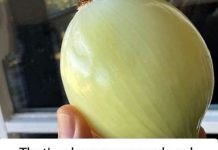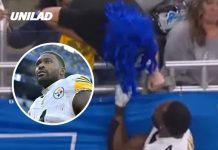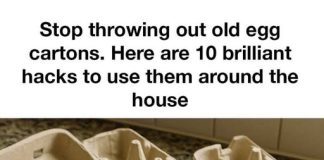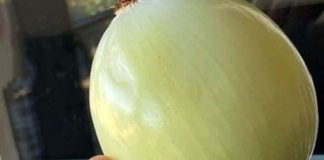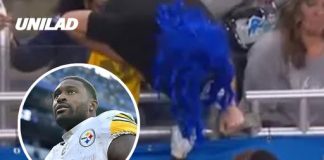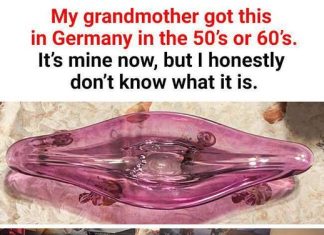Your belly button—medically called the umbilicus—is the physical reminder of your connection to your mother before birth. When you were a fetus, the umbilical cord attached you to the placenta, supplying oxygen and nutrients. After birth, the cord is cut, the remaining stump falls off, and the scar that remains is what we call the belly button.
So in essence, every belly button is a scar. The way that scar heals and the tissues around it form determine whether you have an “innie” (a concave navel) or an “outie” (a navel that protrudes outward).
Innie Vs. Outie: What’s the Difference?
An innie belly button is the most common type—most people have one. It appears as a slight depression in the abdomen. In contrast, an outie has a small bulge or knot‑like shape, where the scar or remaining tissue pushes outward. Statistically, roughly 90% of people have innies, with about 10% having outies.
Importantly, the shape has almost nothing to do with how the cord was clamped, how parents cared for the stump, or how much you weigh. It’s simply the result of how the scar tissue healed and how the surrounding abdominal wall formed.

What Determines the Shape
Because your belly button is a scar, the final appearance is influenced by the way your skin, muscle and connective tissues closed and healed after the umbilical stump dropped off. Minor variations in tissue thickness, healing patterns and developmental pressure can lead to the difference between an innie or an outie. There are a couple of medical conditions that can cause an outie shape: for example, an umbilical hernia, where the muscles around the belly button didn’t close fully and internal content slightly bulges outward, or an umbilical granuloma, which is excess tissue around the stump during infancy. Also, life events like pregnancy or significant abdominal pressure can temporarily change an innie into an outie. The growing uterus or internal pressure can push the navel outward. Usually, once the pressure subsides, the belly button may revert.
Does It Matter for Health or Appearance?
For most people, the belly button type—innie or outie—has no health implications. It is mainly a cosmetic or aesthetic difference. If no other symptoms are present (such as pain, swelling, discharge), then both types are normal anatomical variants. However, if the protrusion is due to an underlying hernia or if you experience discomfort, then medical advice can be wise. Also, for those unhappy with how their navel looks, cosmetic surgical procedures exist (such as umbilicoplasty) to adjust or reshape it.

Embracing Your Unique Button
Your belly button is as unique as a fingerprint: no two are exactly the same. Whether it’s an innie, outie, horizontal, vertical, round or deep variant, it’s simply part of your body’s story—how you developed, healed and grew.If you like, you can treat it with the same casual pride you might treat any other small quirk of physiology—because it signals your first connection to life and your mother. Don’t feel pressured by cosmetic ideals; the function and health of your belly button matter far more than its shape.




